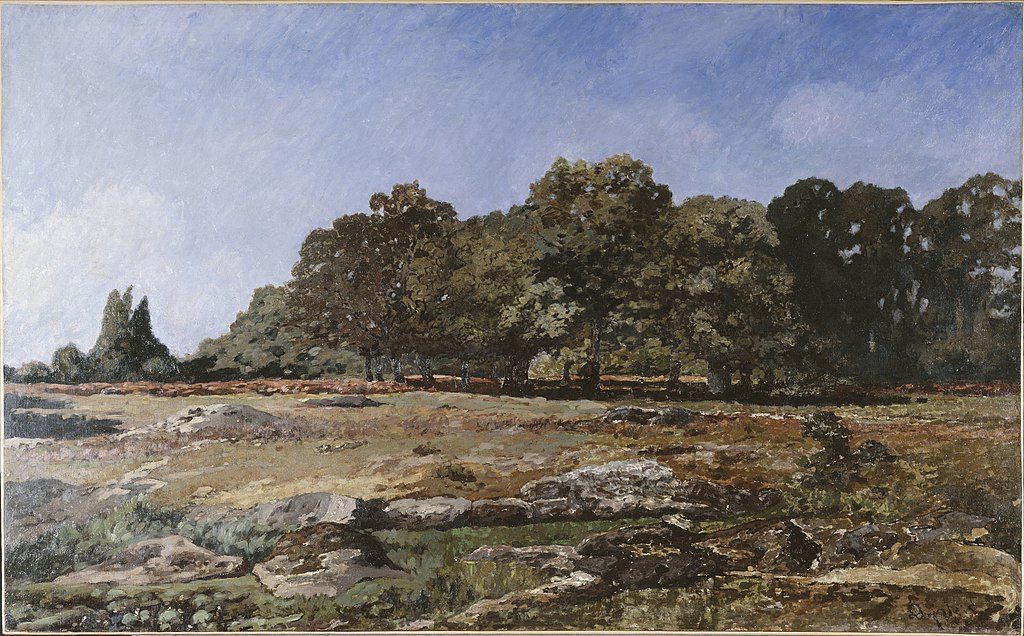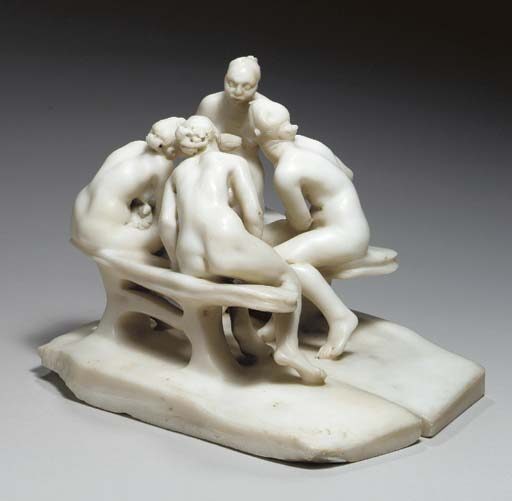Alfred Sisley: Painter of Tranquil Impressionist Landscapes
Born: 30 October 1839, Paris, France
Death: 29 January 1899, Moret-Loing-et-Orvanne, France
Art Movement: Impressionism
Nationality: British
Teacher: Marc-Charles-Gabriel Gleyre
Institution: École des Beaux-Arts, Paris
Alfred Sisley: Painter of Tranquil Impressionist Landscapes
Life and Career of Alfred Sisley
Alfred Sisley was a key figure in the Impressionist movement. He faced many ups and downs in his life but stayed true to his artistic vision.
Early Life and Education
Alfred Sisley was born on October 30, 1839, in Paris. His parents were British, and he kept his British citizenship throughout his life.
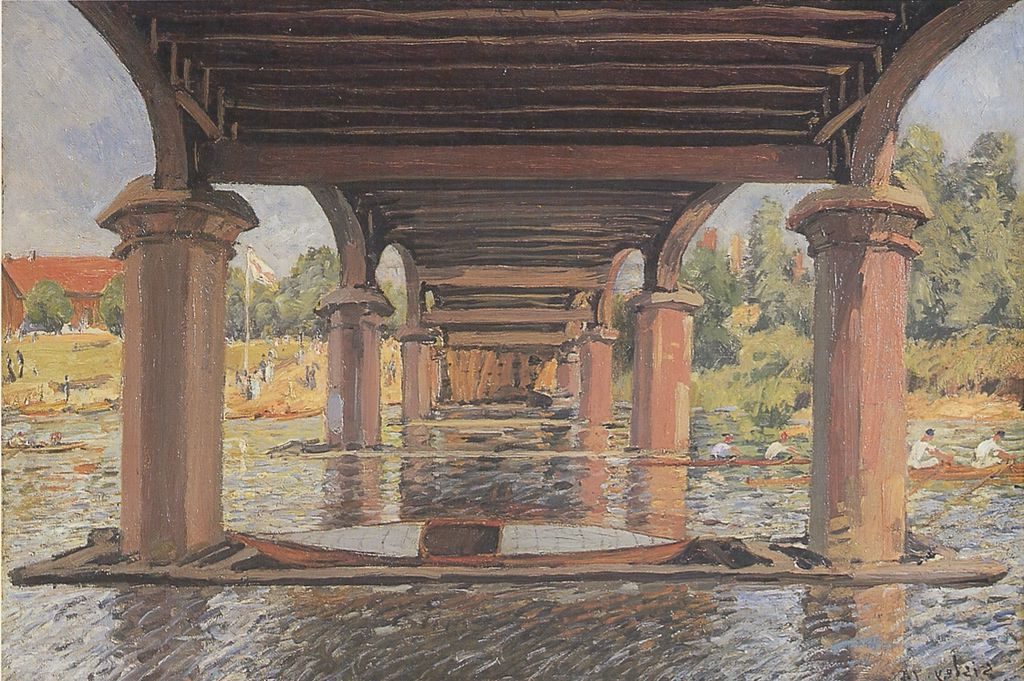
Under the Bridge at Hampton Court (1874)
As a young man, Sisley went to London to study business. But his true passion was art.
From 1862, he studied under Swiss artist Marc-Charles-Gabriel Gleyre at the Paris École des Beaux-Arts, where he became friends with Frédéric Bazille, Claude Monet, and Pierre-Auguste Renoir.
Together, they opted to paint landscapes outdoors, or en plein air, to capture the fleeting effects of sunlight in a more realistic manner. These friendships would shape his future career.
Sisley and Impressionism
Sisley became a core member of the Impressionist group. He loved painting outdoors, capturing the effects of light and weather. His favorite subjects were landscapes along the Seine River.
Sisley took part in many Impressionist exhibitions. His style was marked by soft colors and a focus on nature. Unlike some of his peers, Sisley rarely painted people or city scenes.
Financial Struggles and Later Years
The Franco-Prussian War of 1870-1871 hit Sisley hard. His family lost their wealth, and he had to rely solely on his art for income. Sadly, Sisley’s paintings didn’t sell well during his lifetime.
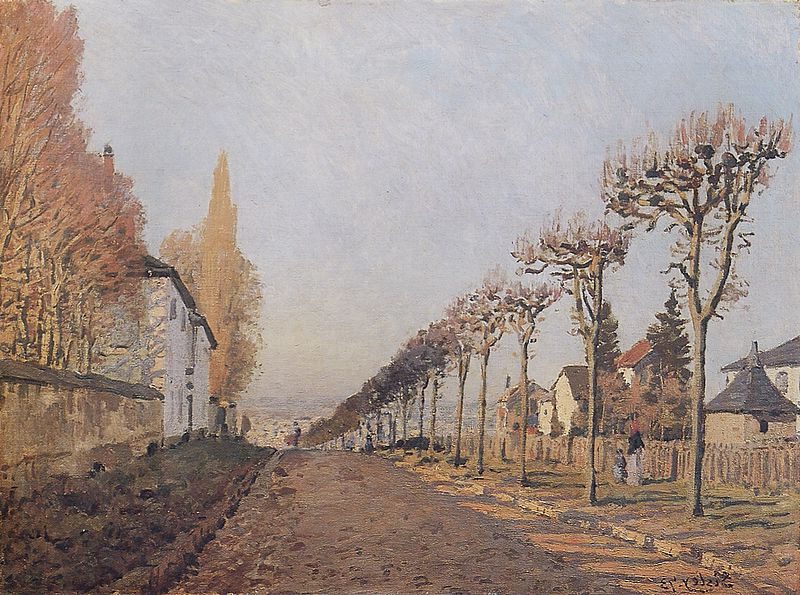
Chemin de la Machine, Louveciennes (1873) by Alfred Sisley
Despite money troubles, Sisley kept painting. He moved around the outskirts of Paris, always seeking new landscapes to capture.
In his later years, he visited England and painted coastal scenes.
Sisley died in 1899, still struggling with poverty. His work gained fame and value only after his death.
Artistic Style and Techniques
Alfred Sisley was known for his unique approach to landscape painting. He focused on capturing light and color in outdoor scenes. His work helped define the Impressionist movement.
Landscape Painting and En Plein Air
Sisley painted landscapes almost exclusively. He worked outdoors, or “en plein air,” to capture nature directly. This method let him study how light changed during the day.

The Terrace at Saint-Germain, Spring (1875)
He often painted rivers, roads, and small villages.
Sisley used quick brushstrokes to show movement in water and sky. He liked to paint the same scene multiple times in different weather. This helped him show how light affects color and mood.
Influence of Light and Color
Light was key in Sisley’s work. He used pale shades to create a soft, misty look. His paintings often have pink and dusty blue tones. These colors helped show the effects of light on the landscape.
Sisley painted the atmosphere as much as the land. He focused on how light changed the look of trees, water, and sky.
His use of color was subtle but powerful. It gave his paintings a dreamy, peaceful feel.
Notable Works and Exhibitions
Alfred Sisley painted many scenic landscapes that became well-known. He worked with art galleries and created masterpieces that influenced other artists.
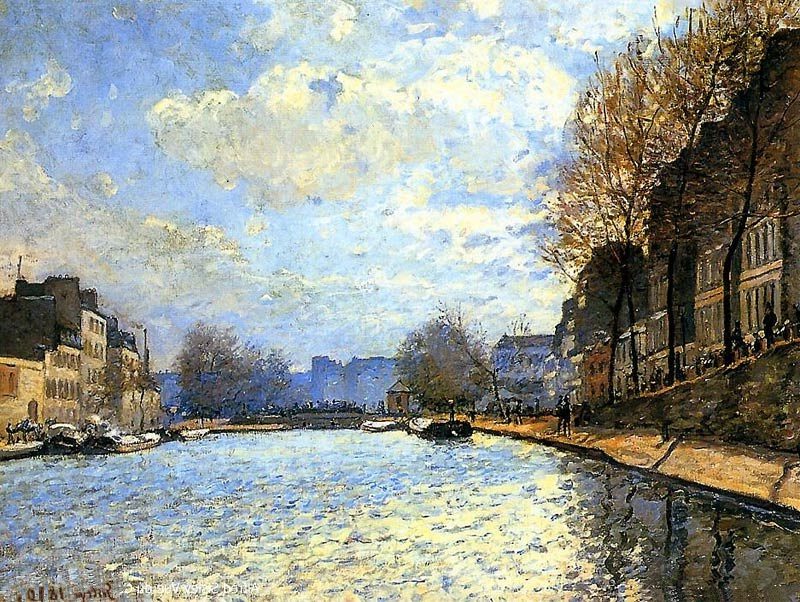
St. Martin Canal (1870) by Alfred Sisley
Relationship with Art Galleries and Patrons
Sisley struggled to sell his paintings for most of his life. Art dealers and galleries rarely bought his work. He tried to show his art at the Paris Salon, but often got rejected.
In 1876, Sisley had a big show of 46 paintings and 6 pastels. Sadly, none sold. This was very hard for him.
Sisley’s friends Monet and Renoir had more success selling their art. They sometimes helped Sisley by buying his paintings.
A few collectors liked Sisley’s work, but not enough to make him rich.
Sisley’s Masterpieces and Their Impact
Sisley painted many beautiful scenes of rivers, towns, and nature. Some of his best-known works are:
- “The Bridge at Villeneuve-la-Garenne”
- “Avenue of Chestnut Trees near La Celle-Saint-Cloud”
- “Ferry to the Ile-de-La-Loge – Flood”

Ferry to the Ile-de-la-Loge – Flood (1872)
He often painted the Seine River and the town of Moret-sur-Loing. His style focused on light, color, and the outdoors. This influenced other artists of his time.
Today, Sisley’s paintings are in top museums like the Musée d’Orsay, National Gallery, and Art Institute of Chicago. His works now sell for high prices at auctions.
Frequently Asked Questions
Alfred Sisley was a key figure in the Impressionist movement. He focused on landscape painting and developed a distinctive style.
What are the main characteristics of Alfred Sisley’s impressionist style?
Sisley’s style featured soft colors and loose brushstrokes. He often painted outdoor scenes with rivers, trees, and sky.
His works captured light and atmosphere. Sisley used quick brushwork to show movement in nature.
How did Alfred Sisley contribute to the Impressionist movement?
Sisley helped develop the Impressionist approach to painting outdoors. He took part in Impressionist exhibitions in the 1870s and 1880s.
His focus on landscapes influenced other artists. Sisley’s work showed how to capture fleeting moments of light and color.
Which museums house the most significant collections of Alfred Sisley’s work?
The Musée d’Orsay in Paris has many Sisley paintings. The Metropolitan Museum of Art in New York also has a good collection.
Smaller museums in France, like those in Moret-sur-Loing, display Sisley’s work. Some British museums have his paintings too.
What were some of the major influences on Alfred Sisley’s painting technique?
Early landscape painters like John Constable shaped Sisley’s style. He learned from other Impressionists like Claude Monet and Camille Pissarro.
Sisley’s British background may have influenced his love of misty scenes. His travels in France gave him new subjects to paint.
How have Alfred Sisley’s paintings been received by art critics over the years?
Critics praised Sisley’s skill at capturing nature. Some felt his work was too similar to other Impressionists.
In recent years, experts have recognized Sisley’s unique contributions. His paintings are now valued for their subtle beauty.
Can you discuss the evolution of Alfred Sisley’s artistic career?
Sisley started painting as a young man in Paris. He joined the Impressionist group in the 1860s.
His style became looser and more colorful over time. Sisley kept painting landscapes throughout his life, even when facing money problems.

